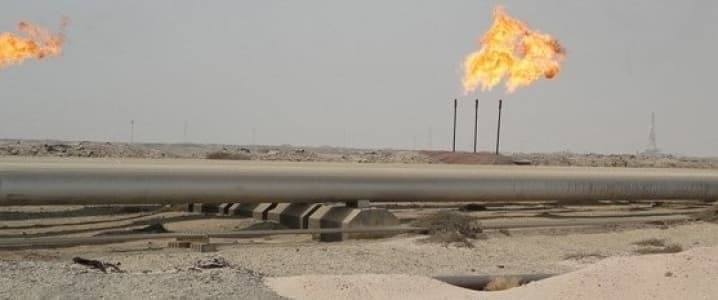Oil & Gas
GLOBAL OIL MARKET ADJUSTS AS OPEC CUTS PROVE EFFECTIVE, PRICES CLIMB HIGHER.
Irene Jerry

McKinsey reported a 32 million-barrel decrease in global oil inventories in February, signaling a shift in market dynamics. As new demand data emerges, prices are climbing higher. This trend highlights how production cuts can amplify the disruptive effects of unforeseen events on market balance, a factor that many forecasters initially overlooked.
Despite initial market skepticism, OPEC and its partners, led by Russia, persisted with additional oil production cuts announced last year. This perseverance paid off as the market eventually adjusted. Brent crude closed above $87 per barrel, and analysts predict further increases. However, analysts' reliance on oil demand decline predictions from biased sources led them to overlook supply tightening risks, highlighting the limitations of forecasts in complex markets.
The tightening supply is evident from reports of declining global oil inventories and lower OPEC+ output, particularly in OECD countries. LSEG reported inventory tightening in late February, with JP Morgan warning of seven-year lows in global oil inventories. This tightening, coupled with a better-than-expected demand outlook, has supported Brent trading above $80, reflecting a market finding a firmer footing.
Analysts and traders had underestimated demand, which kept prices low despite OPEC's production cuts. Now, with fresh demand data driving prices up, Brent has gained 11% since the beginning of the year. Michael Hsueh from Deutsche Bank noted the effectiveness of the OPEC cuts, suggesting the global market is either already in deficit or on the brink of one. Despite earlier warnings of a deficit being ignored, recent events and data point towards a tightening supply situation due to stronger-than-expected demand and weaker-than-expected supply.
